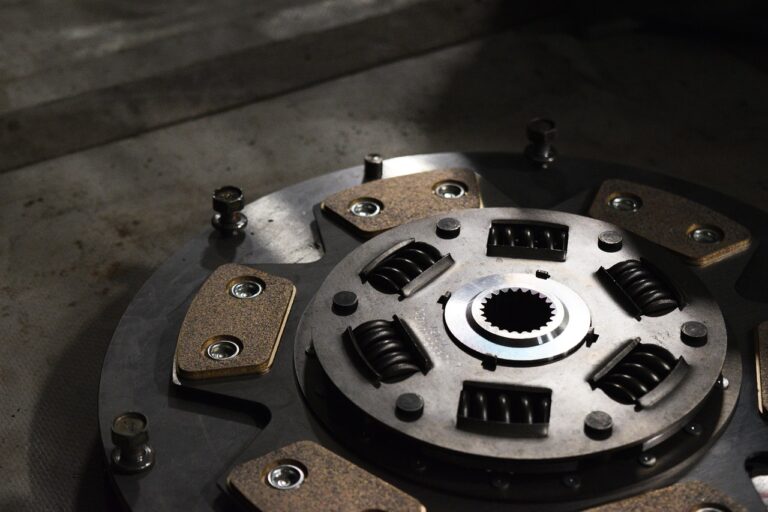Automotive Tooling: Trends in Foam Molding
betbhai9 com sign up, playexch, gold365win: Automotive Tooling: Trends in Foam Molding
Hey there, fellow automotive enthusiasts! Today, I want to dive into a hot topic in the world of automotive tooling – foam molding. As technology continues to advance, new trends are emerging in this field that are revolutionizing the way manufacturers produce parts for vehicles. In this blog post, we’ll explore some of the latest developments in foam molding and how they are shaping the future of the automotive industry.
Foam Molding: An Overview
Foam molding is a process used to create lightweight, durable parts for vehicles. It involves injecting a foam material into a mold cavity and allowing it to expand and cure to form the desired shape. This technique is commonly used in the automotive industry to produce components such as instrument panels, door panels, and seat cushions.
One of the key advantages of foam molding is its ability to create complex shapes with minimal waste. Unlike traditional manufacturing methods, which often require multiple steps and extensive machining, foam molding can produce parts in a single step, reducing production time and costs. Additionally, the lightweight nature of foam materials can help improve fuel efficiency and reduce emissions in vehicles.
Trends in Foam Molding
Now let’s take a closer look at some of the latest trends in foam molding that are shaping the automotive industry:
1. Advanced Materials: Manufacturers are constantly developing new foam materials that offer improved performance and durability. These materials can withstand high temperatures, resist chemicals and abrasion, and provide enhanced cushioning and support for vehicle occupants.
2. Sustainable Practices: With a growing focus on sustainability, many automotive companies are incorporating eco-friendly foam materials into their manufacturing processes. These materials are derived from renewable sources and can be recycled or biodegraded at the end of their lifecycle.
3. 3D Printing: Additive manufacturing technologies, such as 3D printing, are being used to create custom foam molds quickly and cost-effectively. This allows manufacturers to produce prototype parts and small-batch production runs with greater flexibility and precision.
4. Integrated Design Software: Computer-aided design (CAD) software is becoming increasingly sophisticated, enabling engineers to simulate the foam molding process and optimize the design of parts for improved performance. This integrated approach can help reduce errors and speed up the development cycle.
5. Automation and Robotics: To increase efficiency and reduce labor costs, many automotive manufacturers are implementing automation and robotics in their foam molding operations. These technologies can perform repetitive tasks with precision and consistency, resulting in higher quality parts and faster production times.
6. Industry 4.0: The integration of digital technologies, such as IoT sensors and data analytics, is transforming the way foam molding processes are monitored and controlled. This real-time data can help manufacturers identify potential issues early on and optimize production parameters for greater efficiency.
7. Customization and Personalization: As consumer preferences continue to evolve, automotive companies are looking for ways to offer personalized products to their customers. Foam molding techniques can be tailored to create unique designs and features that cater to individual tastes and requirements.
FAQs
Q: What are the benefits of foam molding for automotive applications?
A: Foam molding offers several advantages, including lightweight construction, cost-effective production, complex shapes, and improved comfort for passengers.
Q: How does foam molding compare to other manufacturing processes?
A: Foam molding is often faster and more cost-effective than traditional manufacturing methods, such as injection molding or casting. It also allows for greater design flexibility and reduced waste.
Q: What are some common challenges in foam molding?
A: Some challenges in foam molding include achieving consistent part quality, controlling material expansion, and maintaining tight tolerances for complex shapes.
Q: How can automotive companies stay competitive in the foam molding market?
A: To remain competitive, automotive companies should invest in advanced materials, automation technologies, and digital tools to optimize their foam molding processes and meet the evolving demands of the market.
In conclusion, foam molding is a versatile and efficient process that is driving innovation in the automotive industry. By embracing the latest trends in foam molding, manufacturers can stay ahead of the curve and produce high-quality parts that meet the demands of today’s consumers. Stay tuned for more updates on automotive tooling trends in future blog posts!







